In successful third-party logistics (3PL)-shipper relationships, both parties work together as strategic partners, sharing data and implementing the technology and processes that achieve results. Relationships have become even more valuable as both costs and shippers’ expectations increase.
“A good 3PL is not looking for a short-term windfall. They want a collaborative, long-term relationship with a shipper that is good for both parties,” said Andy Moses, senior vice president of global products for Penske Logistics.
Moses added that 3PLs are often able to collaborate with their customers to achieve results faster than shippers could on their own. Moses made his remarks during the webinar Vision to Reality: 3PLs as Strategic Supply Chain. He presented along with Todd Johnson, global vice president, 3PL business unit for JDA Software.
The 2016 20th Annual Third-Party Logistics Study, which is produced by Capgemini Consulting, Penn State University, Penske Logistics and Korn/Ferry International, reported that gainsharing and collaboration are a priority for supply chain partners. The majority of shippers taking part in the study—75 percent—said 3PLs provide new and innovative ways to improve logistics effectiveness; 70 percent said 3PLs contribute to reducing overall logistics costs; and 83 percent of shippers said 3PLs contributed to improving service to their customers.
“In this year’s study it was loud and clear on the importance of information sharing,” Moses said. He added that relationships develop and evolve over time to become more and more encompassing and beneficial. In the best relationships, shippers and providers work together on solutions and no one can figure out who works for whom, he said.
The Significance of Technology
In today’s environment, 3PLs are essentially manufacturers of data and of the right processes, Moses said. To achieve results, 3PLs are employing the latest technology and marrying that with process excellence along with people who are cross-trained and have knowledge of multiple industries.
Johnson said technology is a key enabler in successful 3PL/shipper relationships, but the “IT Gap”—the difference between what shippers feel is important and their providers’ current IT capabilities—remains, according to the 2016 3PL Study. “3PLs are continuing to increase their system capabilities, but at the same time the expectations and needs of the market are increasing at a pretty rapid pace,” Johnson said.

Shippers have a greater expectation of transparency than they have in the past and want the convenience of accessing information in a number of different ways, which has led Penske to invest in systems that are updated in real time. “Your customers want access to look into a system moment by moment. They want alerts pushed to a mobile phone. It creates a different type of environment in which you have to operate,” Moses said.
Changes to the Supply Chain
Data and processes have become even more important given the e-commerce megatrend. Consumer demand has driven fundamental changes in how the supply chain needs to be constructed and how it is adapting.
“It is moving from a pallet-in, pallet-out environment to a much higher volume of transactions, and a higher amount of parcels and smaller packages,” Johnson said, adding that the shift can be a challenge, as many systems weren’t built to handle inventory in that way, creating opportunities for 3PLs to provide additional value in the supply chain.
Moses said time compressions are continuing to take place, with both shippers and consumers expecting products to move even faster. “There is also increasing segmentation in the supply chain with the result of e-commerce,” he said. “Shippers have to organize multiple unique supply chains within their organizations to cater successfully to these different channels while attempting to leverage some common back-end resources.“
Increasingly, shippers want 3PLs with a broad set of capabilities, including a more global, unified platform along with the increased technology understanding, which allows them to develop more strategic partnerships with fewer providers, Johnson said.
Both Moses and Johnson said that overall, long-term opportunities within the supply chain exist. The 3PL industry is growing and will continue to grow. The 2016 3PL Study reported a combined annual growth rate of 4.3 percent over several years. “Every year the dollars and services outsourced to 3PLs seems to grow by $6 or $8 billion,” Moses said.
By "Move Ahead" Staff
 One-third of CEOs participating in the 22
nd Annual Surveys of Third-Party Logistics Provider CEOs said they saw significant changes in the e-commerce marketplace in the past year. Lieb said North American and European CEOs reported that Amazon has had a particularly significant impact on supply chains and e-commerce in their regions.
One-third of CEOs participating in the 22
nd Annual Surveys of Third-Party Logistics Provider CEOs said they saw significant changes in the e-commerce marketplace in the past year. Lieb said North American and European CEOs reported that Amazon has had a particularly significant impact on supply chains and e-commerce in their regions.
 Competition within the logistics industry is ramping up due to tightened capacity along with increased consolidation within the supply chain arena that has resulted in fewer partners for 3PLs and increased prices.
Competition within the logistics industry is ramping up due to tightened capacity along with increased consolidation within the supply chain arena that has resulted in fewer partners for 3PLs and increased prices.
 The Worsening Labor Shortage
The Worsening Labor Shortage Two
Two 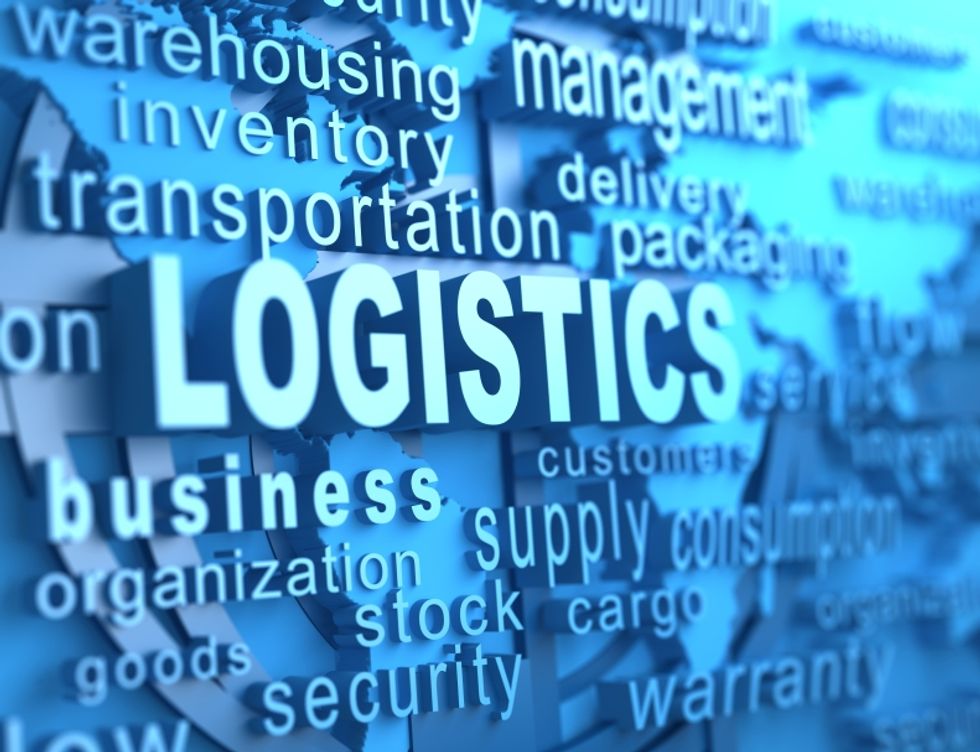
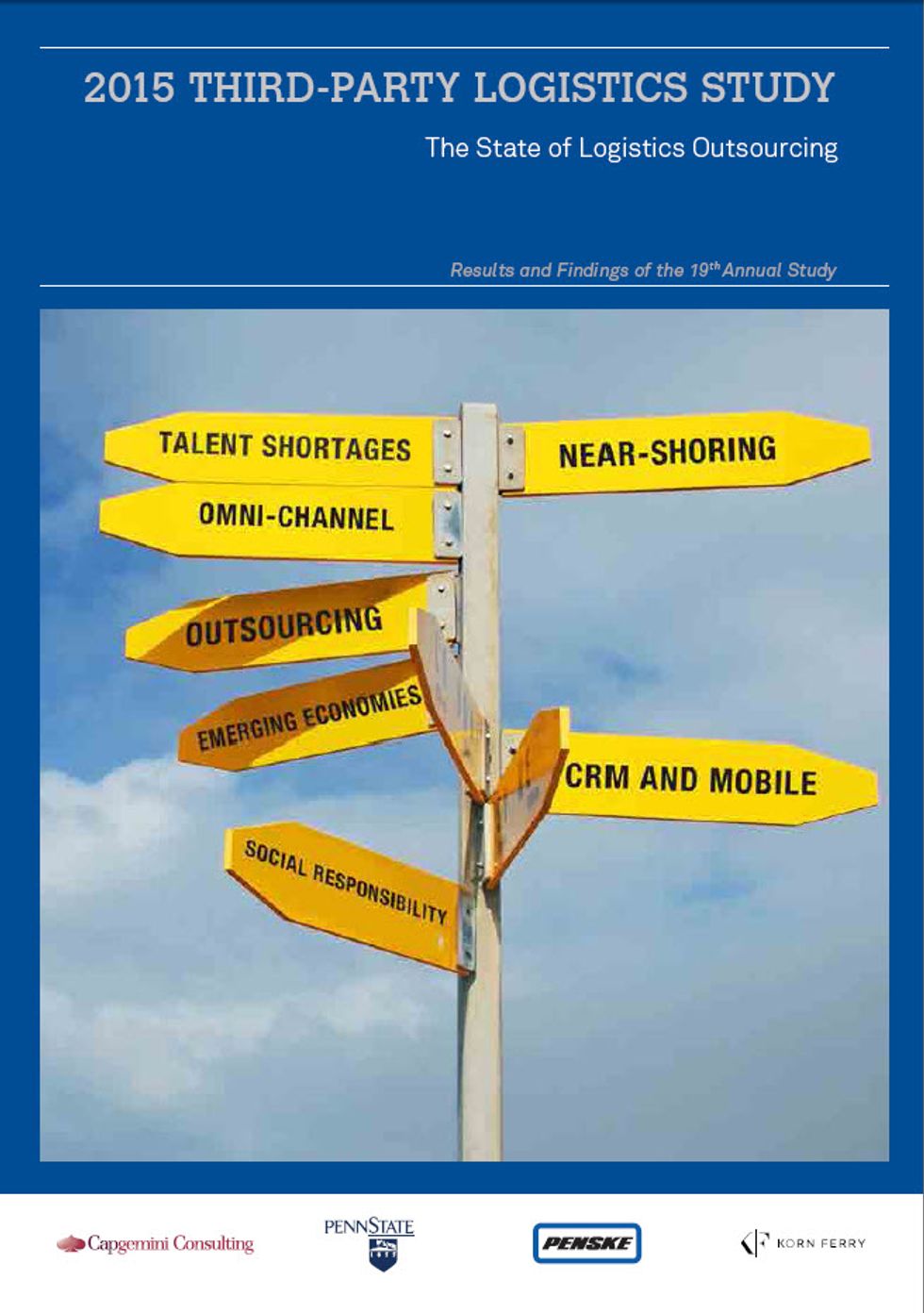 Third-party logistics providers and the shippers doing business with them are continuing to collaborate and strengthen their relationships. That collaboration is contributing to the positive results they are experiencing from their partnerships, and a majority of shippers—92 percent—reported that their relationships with 3PLs generally have been successful. Among 3PLs, that number increased to 98 percent.
Third-party logistics providers and the shippers doing business with them are continuing to collaborate and strengthen their relationships. That collaboration is contributing to the positive results they are experiencing from their partnerships, and a majority of shippers—92 percent—reported that their relationships with 3PLs generally have been successful. Among 3PLs, that number increased to 98 percent. In addition, 73 percent of shippers and 77 percent of 3PLs said they have received open, transparent and effective communication from their partners. Shippers said they are also experiencing improvements in their order fill rate and order accuracy, resulting in greater customer service for all of those involved.
In addition, 73 percent of shippers and 77 percent of 3PLs said they have received open, transparent and effective communication from their partners. Shippers said they are also experiencing improvements in their order fill rate and order accuracy, resulting in greater customer service for all of those involved. About 80 percent of Mexican exports ship to the United States, and respondents in the U.S. and China are the largest percentage of those that are moving operations to Mexico.
About 80 percent of Mexican exports ship to the United States, and respondents in the U.S. and China are the largest percentage of those that are moving operations to Mexico.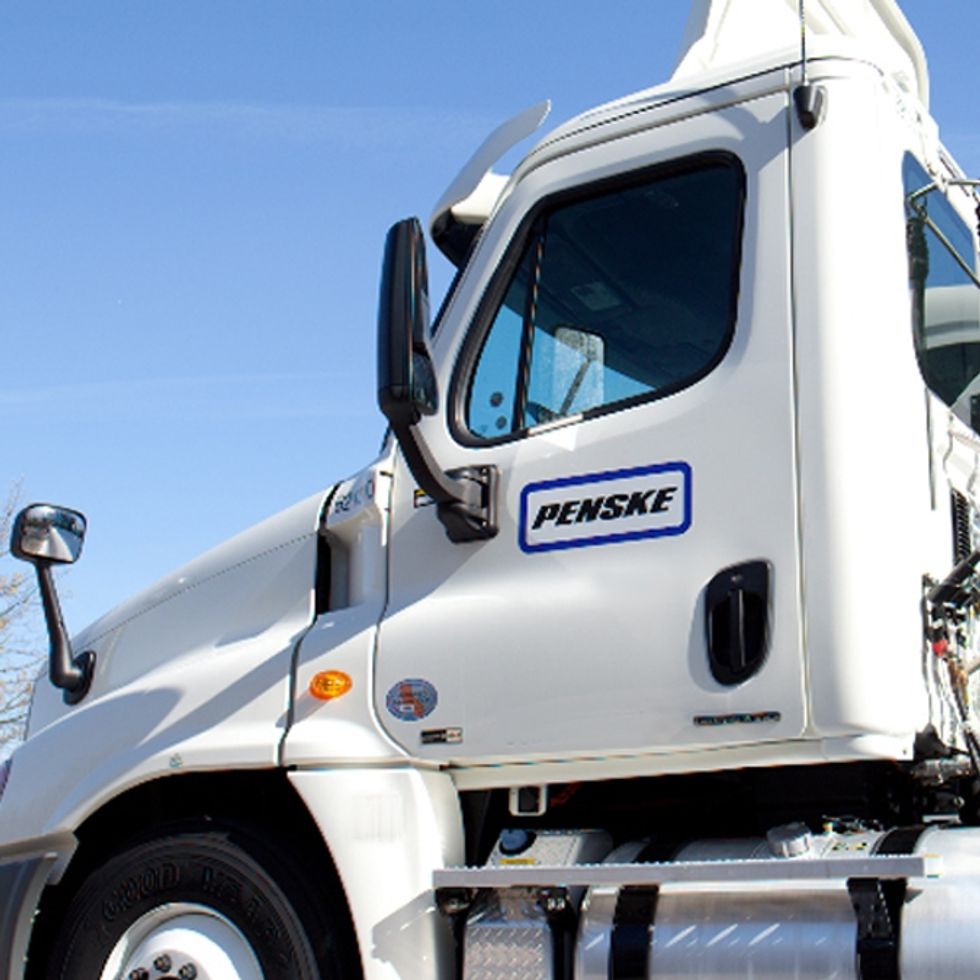 Moreover, the truck driver shortage is intensifying, and the impact the shortage will have on the supply chain is significant. New supply chain models and mobile devices may be making just-in-time ordering and fulfillment all the more possible, but the final delivery of goods relies on professional drivers, making them one of the most critical links within the supply chain.
Moreover, the truck driver shortage is intensifying, and the impact the shortage will have on the supply chain is significant. New supply chain models and mobile devices may be making just-in-time ordering and fulfillment all the more possible, but the final delivery of goods relies on professional drivers, making them one of the most critical links within the supply chain.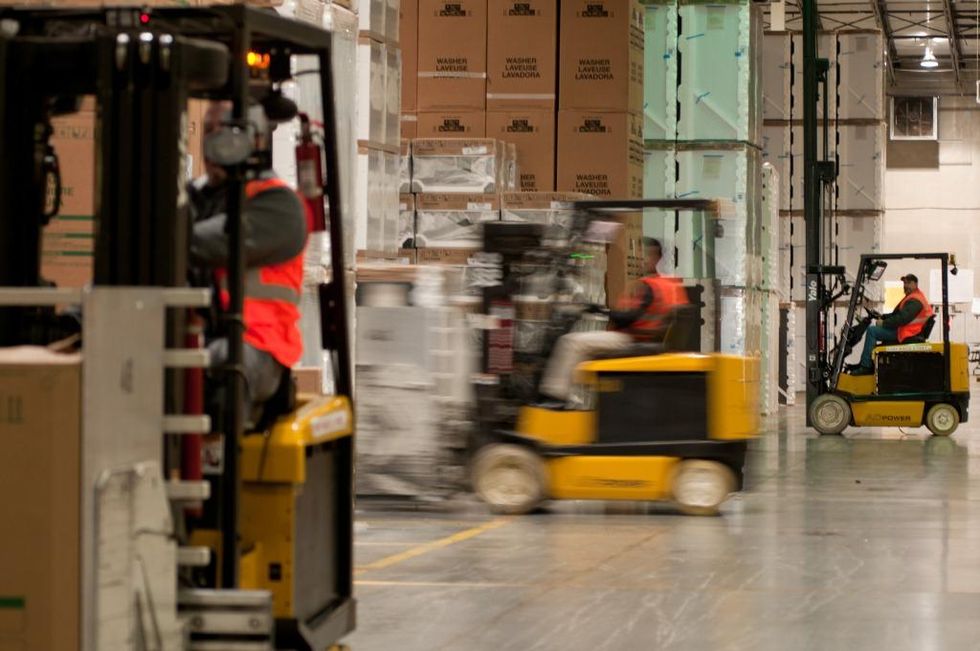 Third-party logistics providers are diversifying services, leveraging technology and investing in relationships in order to remain competitive and accommodate future business needs and challenges, industry analysts said this week during the
Third-party logistics providers are diversifying services, leveraging technology and investing in relationships in order to remain competitive and accommodate future business needs and challenges, industry analysts said this week during the 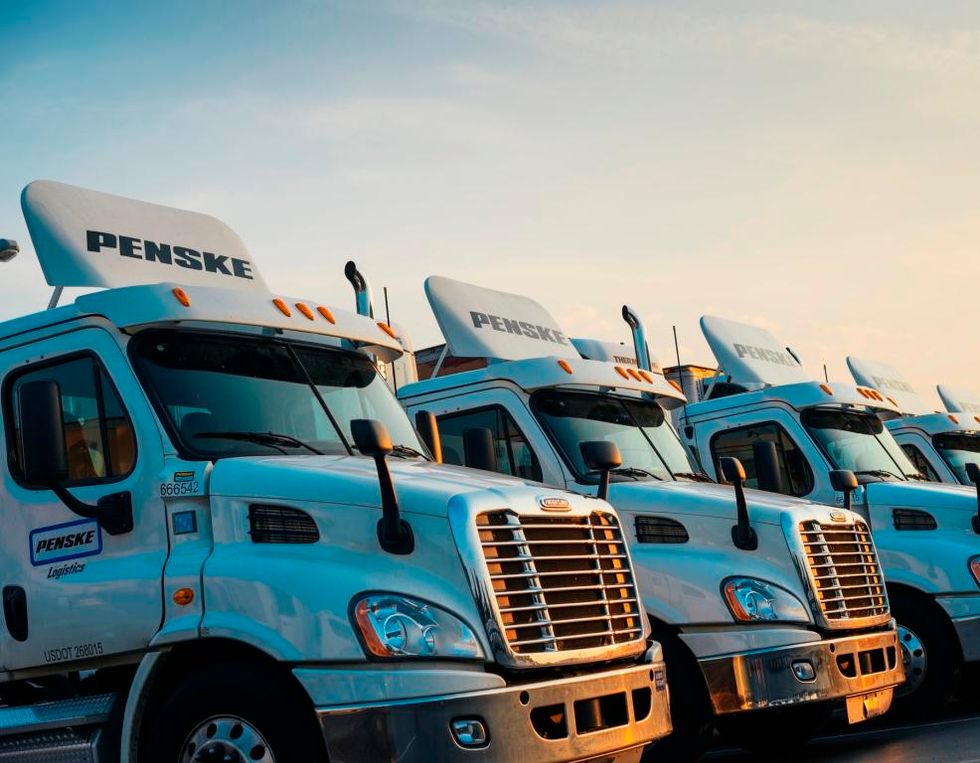 Logistics Outsourcing Relationships More Strategic
Logistics Outsourcing Relationships More Strategic Logistics Outlook Remains a Bumpy Road
Logistics Outlook Remains a Bumpy Road State of Manufacturer-3PL Relationships – Manufacturers and logistics providers have weathered some tough economic times in recent years. How have the relationships between shippers and their logistics providers changed and how are they evolving?
State of Manufacturer-3PL Relationships – Manufacturers and logistics providers have weathered some tough economic times in recent years. How have the relationships between shippers and their logistics providers changed and how are they evolving?